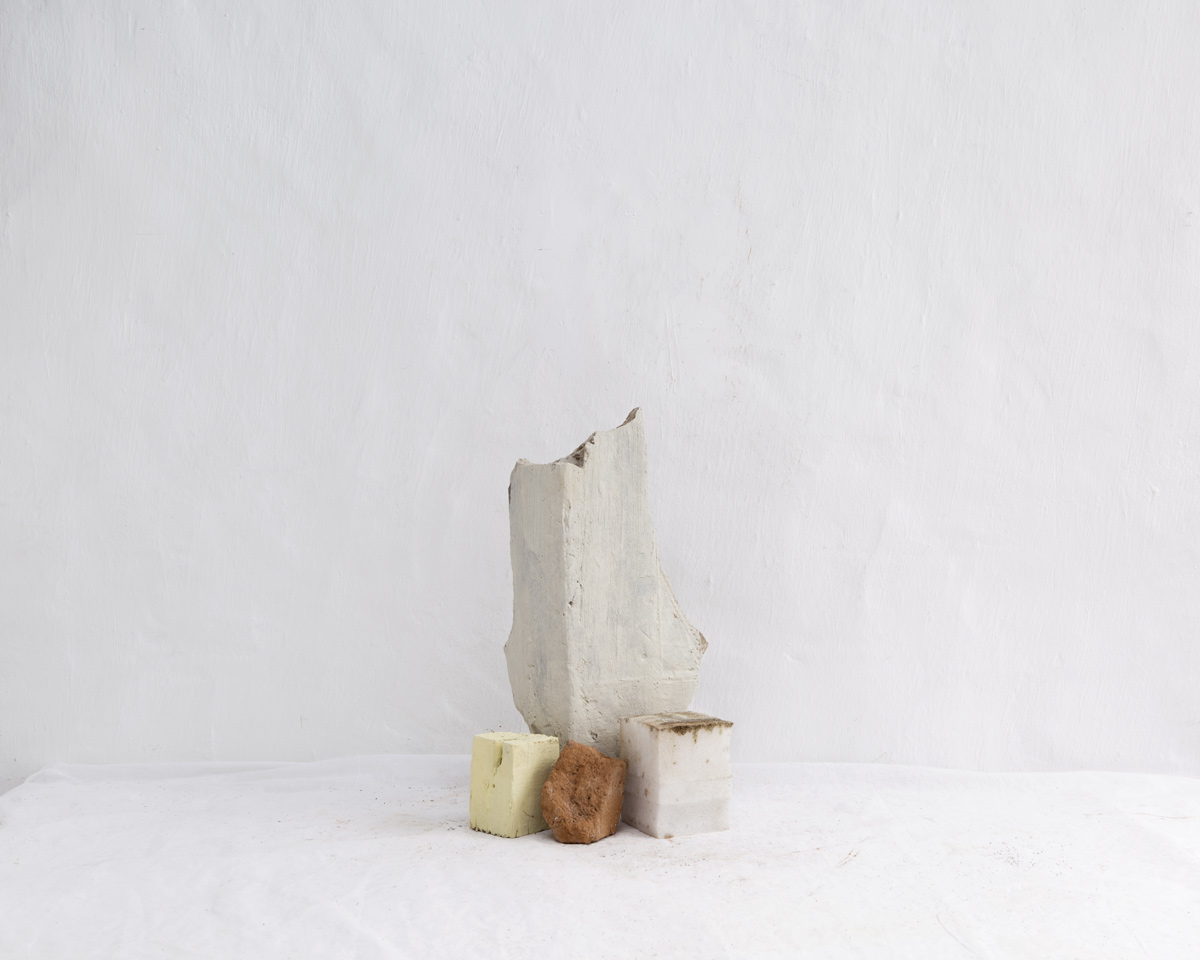lacuna e equilibrio
Lacuna e Equilibrio
The ‘Lacuna e Equilibrio’ series puts a question relating to our relationship with the ruin, detritus and remains left in the wake of the hurricane of modernity. Because if a crumb of humanity remains after its passage, the impulse to build new meanings is intrinsic.
Perhaps discarded objects are no less important. It is probable that through them, excluded from the horizon of modernity as no longer having any purpose, it is possible, with the right eyes, to open an alternative temporality, build a proposal for the future, a possible way out. However, it requires a sincere act of love, the ability to bend down, to kneel and gather up the pieces of what has been destroyed or forgotten and give them a new place in the present.
In its arbitrary disorganization, São Paolo, Brazil is a city that rebuilds itself three times every hundred years. In an expression of modern society’s pathological relationship with time, buildings are constantly demolished to make room for others with features more suited to generating the greatest profit, themselves destined to becoming ruins in a few decades.
The tons of debris from this dismantling process are first accumulated in caçambas, big metal containers placed in the street opposite the city’s building sites, and then taken away on a dubious journey.
Taking as my guide Giorgio Morandi, who spent a lifetime painting humble, everyday objects and managing to elevate them to a timeless, metaphysical dimension, I carefully chose the debris of the demolished city, trying to place it in a neutral space and observing whether other levels of interpretation were possible outside the dynamics that defined its destiny.
Marco Maria Zanin
First as a recollection and then as seduction. Two faces of memory.
Every time I tried to measure what resounded as a recollection and the things that had actually cicatrized within me, the evaluation was inexact. Perhaps this is the necessary variable that together with the constant of linear time as we are used to experiencing it, makes it possible to predict the future. If on one hand, the vestiges of what has been insinuate themselves in the form of tenderness, present time wants to spoil anything that creates a meaning so that what is to come is converted into something obscure. Even the most terrible memories of the past almost always come to an agreement with Time so that a relative loss of their weight is possible with its passing. So that they lose at least a little of their violence and make it possible for the body of those who survive to contain the pain. A necessary ethic.
In the politics of bodies, ties of affection, objects, desires and happenings, every action requires that someone or something else reacts, to make the feeling of a new beginning always possible. There is a part of us that desires balance, and another that in the lacuna, the lack, the absence, finds the impulse that transforms every wound into a search. This is what the works Marco Maria Zanin created during his stay in Brazil whisper. In the warmth of another light, which he brings to his photography, the artist points towards the Italy of his memory. And so as if by magic, the shapes of the debris collected in the streets of São Paolo become a painting by Morandi. However, Zanin’s still lifes no longer speak of the genre immortalized by the Italian artist, but of the insurmountable human condition, which is a longing for its meaning. As a people, we begin this search from the ruins, as individuals, from albums yellowed by time and dust.
Memories are always fleeting and changing; they need someone to reinvent them, rediscover them and keep them warm with the caress of their desire for significance. Isn’t the unfaithful lover also like that?
Ana Luisa Lima









